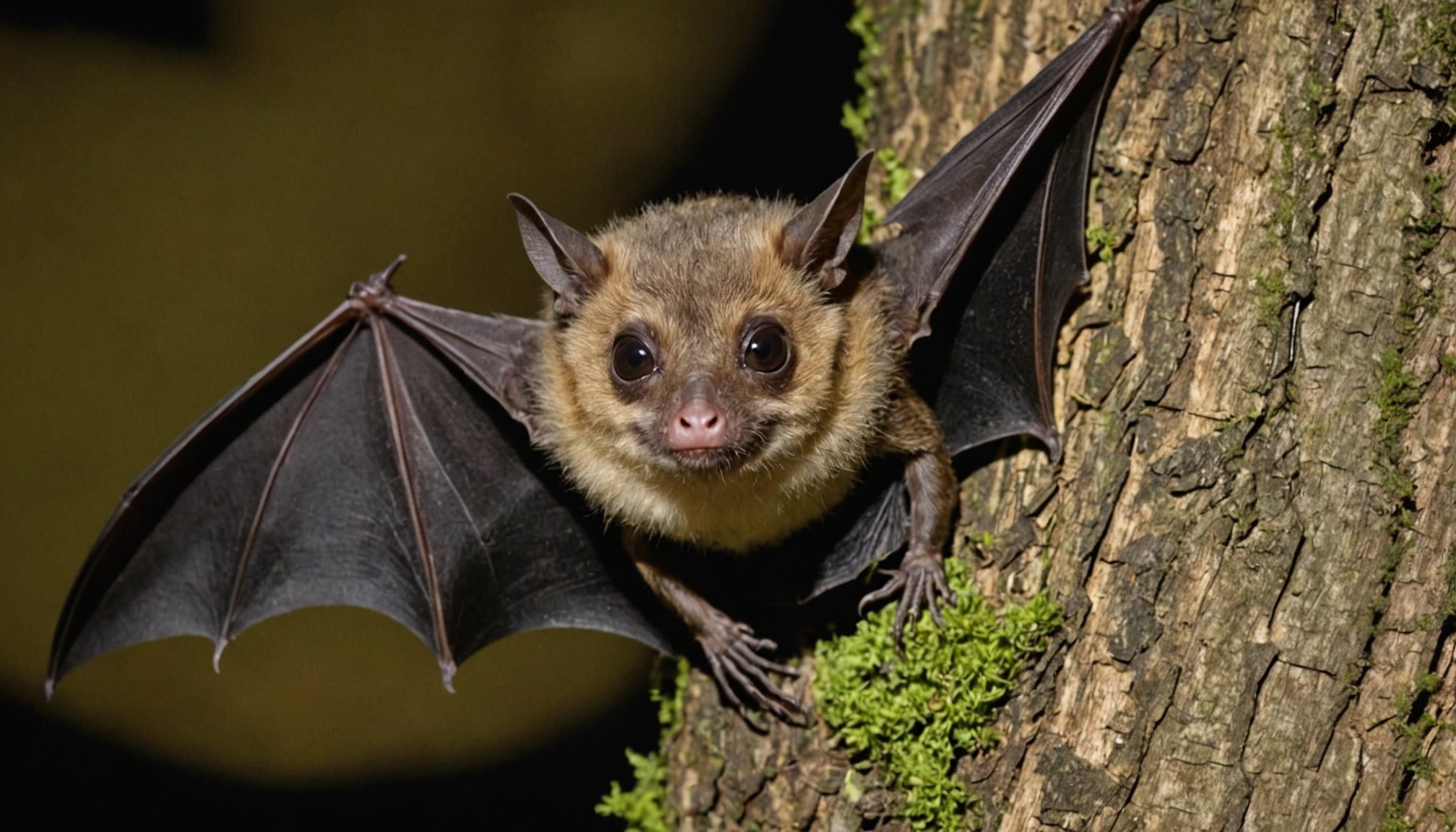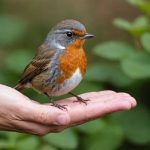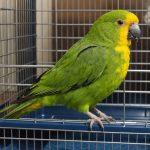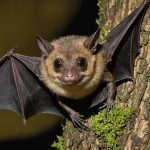Importance of Bats in the Ecosystem
Bats play crucial roles in our environment, showcasing their ecological importance through a range of activities. Bats are essential in controlling insect populations. Certain bat species can consume thousands of insects in a single night, acting as natural pest controllers. This activity helps to limit the spread of insect-borne diseases and reduce the need for chemical pesticides.
Beyond pest control, bats significantly contribute to pollination and seed dispersal. Many bat species feed on nectar and consequently, they pollinate flowers as they travel from one to another. This process is vital for the reproduction of numerous plant species. Furthermore, fruit bats contribute to biodiversity by dispersing seeds through their droppings, facilitating plant growth in new areas.
In the same genre : Discover how night-time curfews can transform urban wildlife in the uk
The significance of bats in maintaining ecosystem balance cannot be overstated. By supporting plant pollination, aiding in seed dispersal, and controlling insect populations, bats ensure the health and diversity of ecosystems. Their presence helps maintain the intricate web of life, underscoring their integral role for biodiversity. Thus, bats represent an indispensable component in sustaining healthy ecological networks.
Threats Facing Local Bat Species
Local bat species are facing unprecedented challenges. Habitat destruction through urban development and expanding agriculture has drastically reduced their natural environments. Forest clearances eliminate crucial roosting sites, while agricultural practices lead to loss of feeding grounds.
Also to read : Creating stag beetle havens: an enthusiast”s handbook for uk gardeners to preserve and support endangered populations
Climate change impacts further compound these issues by altering temperature and precipitation patterns, affecting bat migration and breeding cycles. These changes in climate can misalign food availability with bat life stages, critically impacting survival rates.
Additionally, diseases like White-nose Syndrome significantly threaten bat populations, weakening immune systems and leading to mass fatalities. Human interference, through activities such as caving and unregulated tourism, disrupts bat habitats, causing undue stress and disturbances. Consequently, conservation efforts must address these bat conservation challenges by prioritizing habitat protection, climate adaptation measures, and controlling disease spread. Collaborative efforts between governments, scientists, and communities are essential to preserve these vital species.
Community Involvement in Bat Conservation
Engaging in community conservation efforts is vital for the protection of bats. Organising bat-watching events offers a direct way to foster local interest and engagement. These events, often held at dusk, allow participants to observe bats in their natural habitat, sparking curiosity and a sense of responsibility towards these creatures.
Another effective strategy is to establish local conservation groups focused on bat protection. Such groups serve as platforms for volunteer opportunities, where community members can participate in activities ranging from habitat restoration to advocacy campaigns. These initiatives not only raise awareness but also mobilise resources and collective efforts towards meaningful conservation outcomes.
In addition, involving schools in bat education initiatives can have a long-lasting impact. Schools can host workshops and presentations that introduce students to the importance of bats in the ecosystem, encouraging young minds to appreciate and protect these nocturnal mammals. Integrating bat-related topics into the curriculum can further enhance students’ understanding and commitment to conservation.
By taking an active role in community engagement, individuals can make significant contributions to bat conservation, ensuring these creatures thrive for generations to come.
Practical Steps for Supporting Bat Populations
Creating a bat-friendly practice starts in your own backyard. Transforming your garden into a haven for bats requires minimal effort but provides maximum gain for these vital creatures. Begin by incorporating night-blooming plants, such as evening primrose, which attract insects that bats feed on. A diverse garden with varied plant species enhances the natural habitat for bats by promoting an abundant insect population.
Another effective way to support bats is by installing DIY bat houses. These provide safe shelter, especially if natural roost spots are scarce. Place bat houses at least 12 to 15 feet above the ground, in locations that receive ample sunlight. Monitoring the occupancy of these houses provides insight into their usage and effectiveness, allowing for necessary adjustments.
Community-led habitat restoration projects offer additional support for bat populations. By collaborating on restoring local ecosystems, communities can expand natural spaces essential for bat survival. Such initiatives have proven to foster environmental stewardship and lasting environmental impact. Encouraging participation and promoting education on the importance of bats can drive substantial positive change.
Resources for Further Learning and Involvement
For those interested in bat conservation, there are numerous invaluable educational materials available. Recommended readings include books like “The Secret Lives of Bats” by Merlin Tuttle, which highlights the ecological significance of bats. Online resources, such as Bat Conservation International, offer comprehensive guides and articles on bat ecology.
Local organizations play a crucial role in bat preservation efforts. Groups like the Bat Conservation Trust in the UK and The Australian Bat Society provide platforms for engagement and learning. These organizations offer volunteer opportunities where individuals can participate hands-on in preservation activities. Engaging with such local organizations can provide a deeper understanding of bats and their environmental impact.
For those keen on contributing further, joining citizen science initiatives can be highly rewarding. Platforms like iNaturalist enable individuals to record and share bat observations, contributing to scientific research. By participating, you not only aid in data collection but also enrich your knowledge about local bat species. These efforts collectively enhance our understanding and preservation of these vital creatures.
Real-life Examples of Successful Community Efforts
Exploring case studies of successful conservation initiatives reveals impressive community impact. For instance, in Devon, UK, a local group transformed an abandoned barn into a thriving bat habitat. This project not only increased bat populations but also boosted eco-tourism, enhancing the local economy.
Meanwhile, in London, the Bat Conservation Trust collaborated with residents to monitor urban bat activity. Their efforts led to the discovery of several previously undocumented bat species. These initiatives emphasize the power of community action in biodiversity preservation.
Interviews with conservation leaders highlight the importance of local contributions. Sarah, a project leader in Kent, recalls how community volunteers tirelessly planted native trees to provide bat roosting sites. Her story underscores the impact of collective determination and commitment.
Furthermore, motivational stories resonate, such as a school in Yorkshire that integrated bat conservation into its curriculum. Students conducted nighttime surveys, nurturing a new wave of environmental stewards. These narratives demonstrate the broad-reaching effects of community impact, from ecological achievements to fostering future environmentalists.










